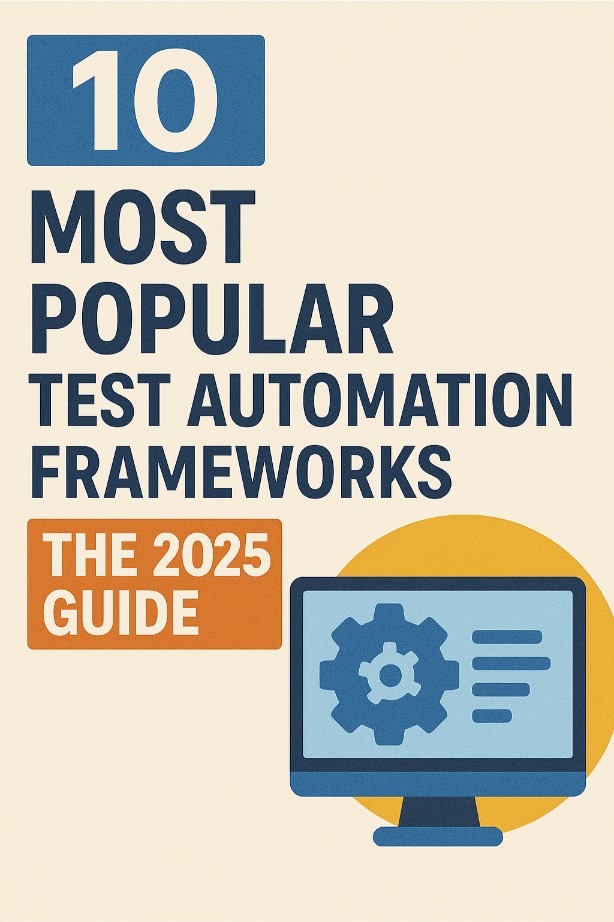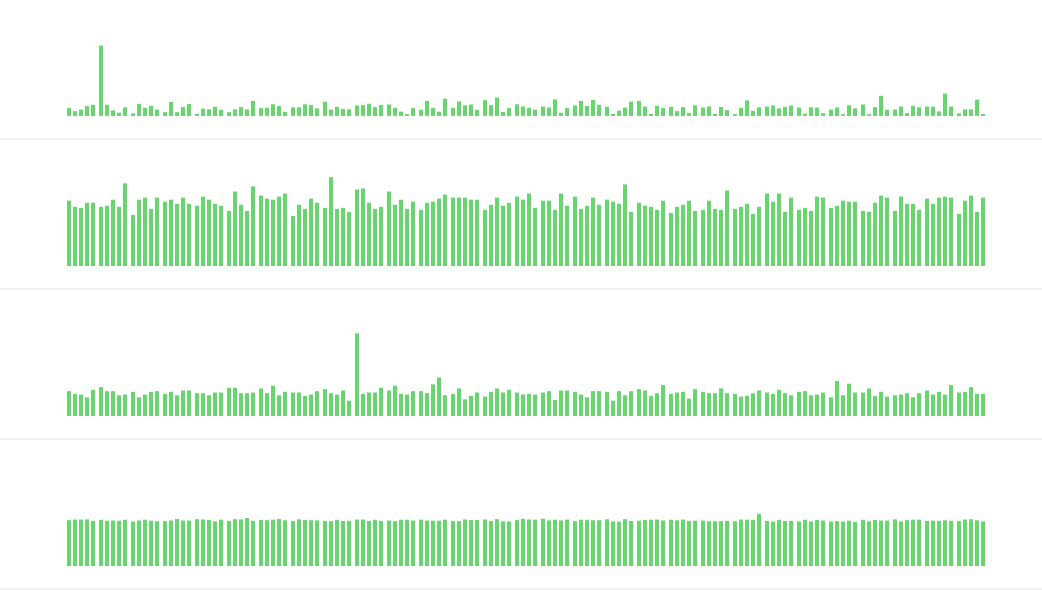In today’s microservices landscape, gRPC is rapidly gaining traction as a high-performance protocol for service communication. As its adoption increases, ensuring your services can withstand heavy traffic becomes critical. This article reviews the top 5 gRPC load testing tools that can help you measure performance, identify bottlenecks, and optimize system reliability. With the rise of load testing as a core component in performance assurance, selecting the right tool is key to achieving seamless scalability.
Comparative Summary of gRPC Load Testing Tools
| Tool | Best For | Key Features | Use Case |
|---|---|---|---|
| LoadFocus | Comprehensive and scalable testing | Real-time reporting, distributed testing, integration with JMeter load testing | Enterprises and developers needing robust testing |
| ghz | Quick benchmarking of gRPC services | Command-line interface, concurrency testing, latency measurements | Rapid performance benchmarking |
| Fortio | Advanced load and performance testing | HTTP/2 support, detailed performance metrics, service mesh integration | Testing microservices and service meshes |
| k6 | Scriptable, modern load testing | JavaScript scripting, real-time metrics, cloud execution support | Flexible testing across diverse protocols |
| JMeter with gRPC Plugin | Extending existing JMeter tests to gRPC | Open-source framework with a dedicated plugin ecosystem | Organizations already leveraging JMeter for testing |
The 5 Best gRPC Load Testing Tools to Try
1. LoadFocus
Category: Comprehensive and Scalable Testing
Is Your Infrastructure Ready for Global Traffic Spikes?
Unexpected load surges can disrupt your services. With LoadFocus’s cutting-edge Load Testing solutions, simulate real-world traffic from multiple global locations in a single test. Our advanced engine dynamically upscales and downscales virtual users in real time, delivering comprehensive reports that empower you to identify and resolve performance bottlenecks before they affect your users.
Overview:
LoadFocus stands out as a top option for gRPC load testing. It offers an enterprise-grade platform complete with real-time analytics, distributed testing capabilities, and seamless integration with frameworks like JMeter load testing. Whether you’re running a free load test to benchmark performance or analyzing detailed load testing reports, LoadFocus delivers the insights you need along with flexible pricing plans to suit various project scales.
Key Features:
- Scalable, distributed testing
- Real-time performance monitoring
- Detailed analytics and reporting
- Seamless integration with popular testing tools
Use Case:
Ideal for enterprises and developers who need reliable, scalable load testing for their gRPC services.
Think your website can handle a traffic spike?
Fair enough, but why leave it to chance? Uncover your website’s true limits with LoadFocus’s cloud-based Load Testing for Web Apps, Websites, and APIs. Avoid the risk of costly downtimes and missed opportunities—find out before your users do!
2. ghz
Category: Quick Benchmarking
Overview:
ghz is a powerful open-source tool dedicated to gRPC benchmarking. With its simple command-line interface, it enables developers to rapidly measure latency, throughput, and concurrency. ghz is perfect for those who need fast results without the complexity of more feature-heavy platforms.
Key Features:
- Simple command-line usage
- Accurate latency and throughput measurements
- Easy integration into CI/CD pipelines
Use Case:
Best suited for quick performance testing and rapid validation of gRPC endpoints.
LoadFocus is an all-in-one Cloud Testing Platform for Websites and APIs for Load Testing, Apache JMeter Load Testing, Page Speed Monitoring and API Monitoring!
3. Fortio
Category: Advanced Load and Performance Testing
Overview:
Developed with the service mesh in mind, Fortio supports both gRPC and HTTP/2. It provides detailed performance metrics and a rich set of features ideal for testing microservices in complex architectures. Its integration with modern service mesh environments makes it a valuable tool for performance analysis.
Key Features:
- Dual support for gRPC and HTTP/2
- Comprehensive performance metrics and latency distribution
- Integration with service mesh technologies
Use Case:
Perfect for teams operating in service mesh environments who require in-depth performance analysis.
4. k6
Category: Scriptable Load Testing
Overview:
k6 is a modern load testing tool that uses JavaScript for scripting test scenarios. Its real-time monitoring and cloud execution support provide a flexible environment for testing various aspects of your gRPC services, making it an attractive option for developers who prefer a scriptable approach.
Key Features:
- JavaScript-based scripting for test scenarios
- Real-time performance monitoring
- Cloud execution for scalable tests
Use Case:
Ideal for developers seeking flexible and scriptable load testing across diverse protocols.
5. JMeter with gRPC Plugin
Category: Extending Existing Testing Frameworks
Overview:
For organizations already using Apache JMeter, the gRPC plugin extends JMeter’s capabilities to support gRPC load testing. This approach leverages the familiar JMeter ecosystem while adding the functionality needed for modern gRPC performance testing.
Key Features:
- Utilizes the robust JMeter ecosystem
- Dedicated plugin support for gRPC protocols
- Open-source and community driven
Use Case:
Great for teams with established JMeter workflows looking to include gRPC testing in their performance strategy.
FAQs
Does gRPC have load balancing?
Yes, gRPC supports load balancing. It can utilize client-side load balancing techniques and work in conjunction with external load balancers to distribute traffic across multiple server instances effectively.
How to test gRPC with JMeter?
Testing gRPC with JMeter is possible by integrating a dedicated gRPC plugin. This extension enables JMeter to handle gRPC protocols, thereby expanding its capabilities for comprehensive performance analysis.
Can I test gRPC with Postman?
Recent versions of Postman have introduced experimental support for gRPC. While it allows for the creation and execution of gRPC requests, dedicated tools may offer more extensive features tailored to load testing.
What is the tool for testing gRPC?
There are several tools available for testing gRPC, including LoadFocus, ghz, Fortio, k6, and JMeter with a gRPC plugin. The optimal choice depends on your specific requirements and existing infrastructure.
Does gRPC use TCP or HTTP?
gRPC is built on top of HTTP/2, which operates over TCP. This combination provides the advantages of multiplexed streams, efficient header compression, and robust connection management.
Can NGINX do load balancing?
Yes, NGINX can be configured to perform load balancing for gRPC services. With proper setup, it supports various load balancing algorithms to distribute traffic evenly across backend servers.
Selecting the right load testing tool is essential to ensure your gRPC services remain performant and reliable under high demand. Whether you choose a comprehensive platform like LoadFocus or a specialized tool like ghz, rigorous testing is the key to success in today’s competitive microservices environments.
![9 Best IT Incident Management Software [2025] 9 Best IT Incident Management Software [2025]](https://loadfocus.com/blog/wp-content/uploads/sites/5/2024/08/it-management-tools.jpg)




